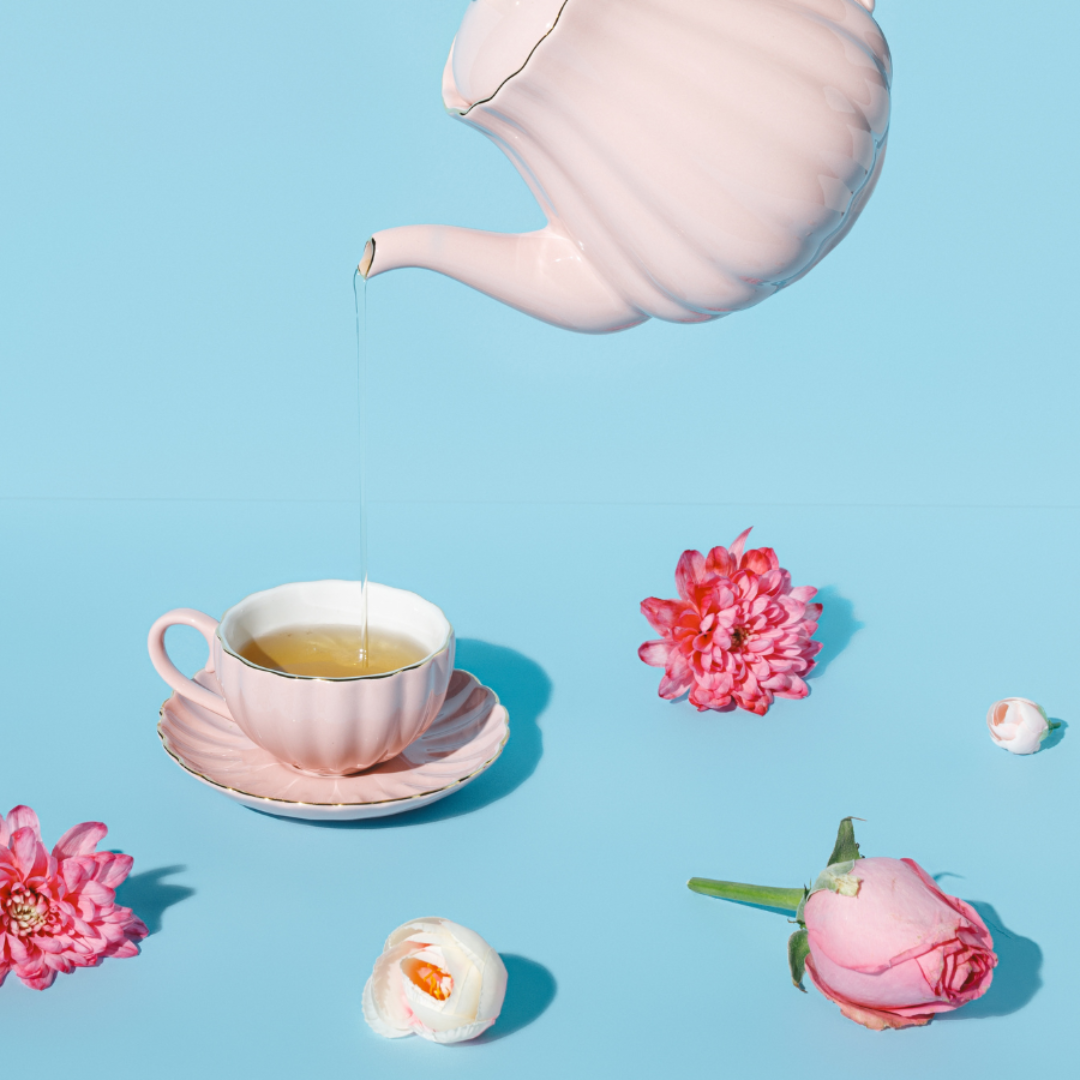In the past couple of decades, we have seen an exponential rise in flower and herbal tea infusions. Fuelled by an increased interest in healthy eating, it all started with a wider demand for scented teas in the 90s: mainly black and green teas with added flowers and aromas, such as jasmine tea. Lately, however, the appeal of what has been perceived as ‘healthier’ alternatives, such as herbal and caffeine-free infusions, has risen further! In this blog, we look at 3 main types of floral ingredients, that not just provide an amazing aroma, but are also full of health benefits.
Hibiscus

Hibiscus is a flowering plant innate to subtropical and tropical countries throughout the world. In India, you usually find them blossoming mostly during the summertime. It is also commonly known as a shoe flower. This plant commonly belongs to the Malvaceae family which is quite a vast family. The flower is typically bigger than other flowers. One of the biggest health benefits offered by hibiscus is its concentration of antioxidants. There are many herbal teas available on the market, but hibiscus tea wins the race of antioxidants. It has the maximum amount of antioxidants. Antioxidants are known for a century now to help protect from free radical damage and thus improve immunity and overall functioning of the body. The bright red colour of the hibiscus comes from the presence of the antioxidant called anthocyanin. This antioxidant has been studied extensively to help fight many chronic diseases.
Chamomile

Chamomile tea is made from the flowering plant in the Asteraceae plant family, a.k.a, the daisy family. It has white petals with a bright yellow center. You use the flower itself to make chamomile tea. There are actually several different types of chamomile, depending on where it was grown. The most popular varieties are Roman (also called English) and German chamomile. Although much less common, there are also Egyptian and Moroccan chamomiles.
Over the years, chamomile tea has acquired a long list of health benefits associated with consuming it. The most well-known is that chamomile tea before bed can help you sleep better. Chamomile tea for anxiety and stress has also had positive side effects. As if it couldn’t get any better, chamomile tea also has anti-inflammatory and anti-bacterial properties which leads to an entire another set of benefits. For example, it can be good for diabetes, your heart health, and so much more!
Butterfly Pea

Originating from South East Asia, blue tea has been around for centuries. It is derived from the Clitoria Ternatea plant, also called the butterfly-blue pea, blue-pea, or Asian pigeonwings. It’s recently gained popularity due to its many health benefits. This caffeine-free, herbal blue tea is actually a tisane or a herbal tea. Blue tea has numerous health benefits, so it is not just a pretty drink.
The impressive nutritional profile of blue tea makes it a wonderful weight loss beverage, as well as a refreshing drink to cool the body when served chilled.
Being naturally caffeine-free and a completely herbal concoction, blue tea is also a powerhouse of antioxidants. It contains significant amounts of the catechin EGCG - epigallocatechin gallate, as well as a host of anti-inflammatory and immune-boosting components such as flavonoids, tannins and polyphenols.



